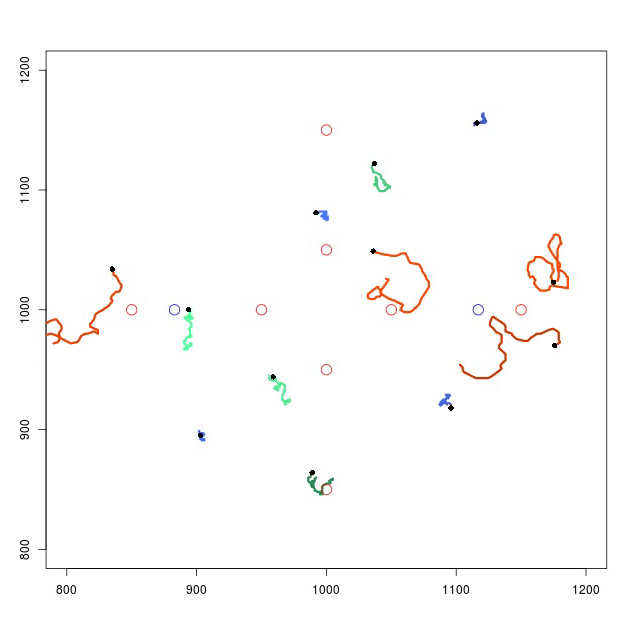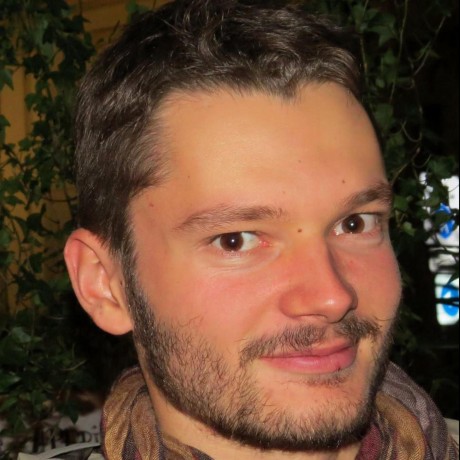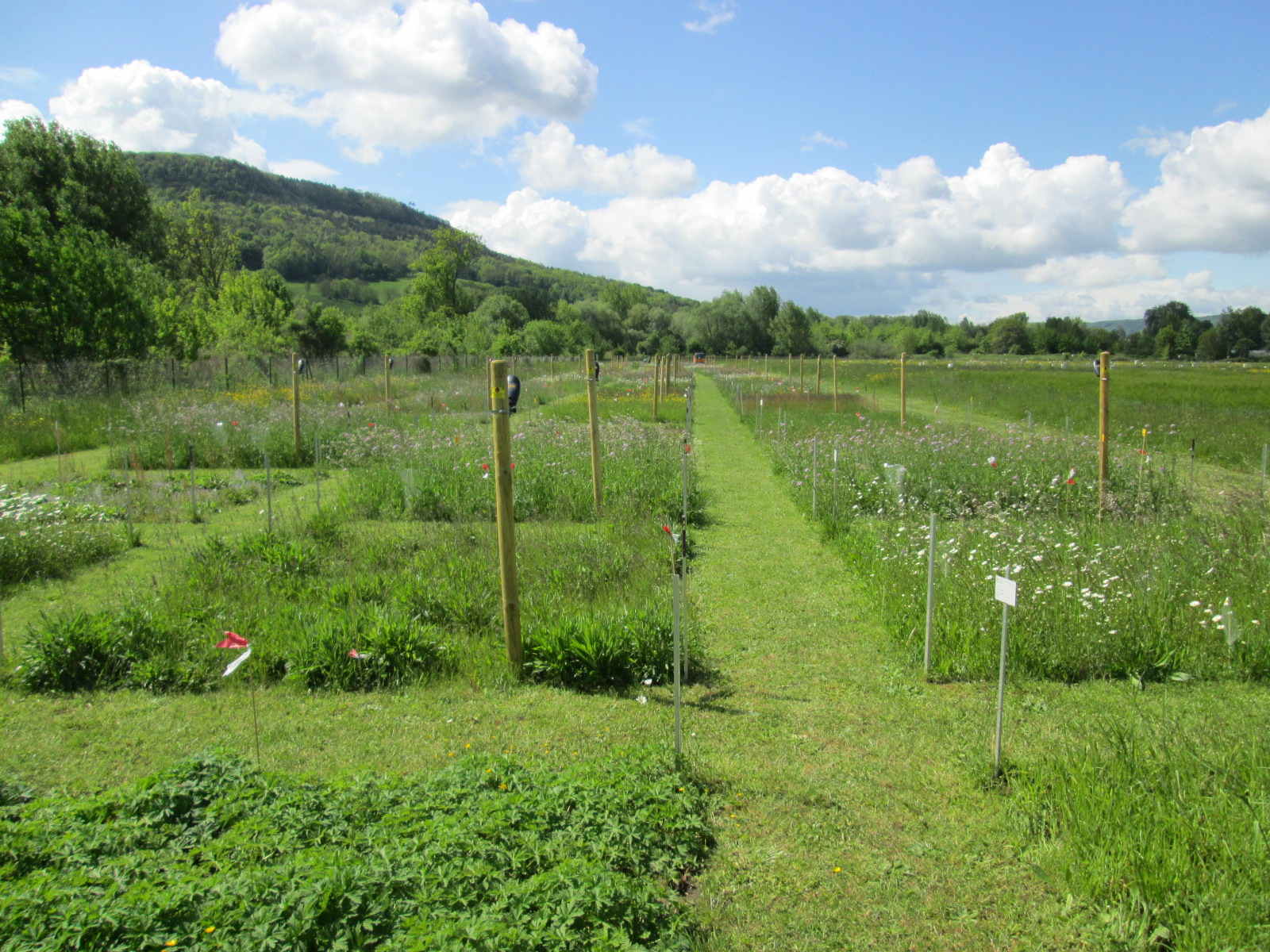Research
My main research interest is in understanding the consequences of global change drivers (climate change, fragmentation, agricultural intensification …) on biodiversity and ecosystem functioning in managed landscape. The overall aim being to forecast future functioning rates in impoverished, fragmented and/ or increasingly homogeneous systems.
To achieve this my work mainly turn around analyzing diverse chuncks of data, in other words I spend most of my (research) time sieving through R scripts. As a service to the UGent lab I was co-organizing regular coding club sessions to collectively exchange knowledge on coding and computing. My stat interest revolve around: hierarchical models, Bayesian data analysis, graphs and networks, dynamical equation systems.
Major topics
Climate changes and forest
In October 2022 I joined the Forest Inventory Lab in Nancy (FR). My research will use the annual french forest inventory to explore the impact of climate changes on forests. The first works will focus on tree demographies (growth, mortality and regeneration) and will contrast forests with varying complexities in terms of structure and composition starting from even-aged monoculture and up to uneven-aged mixtures.
Land-use changes effect on farmland biodiversity trends in Germany
Between October 2019 and September 2022 I worked within the MonVia project launched by the federal ministry of Agriculture of Germany. Within this project I worked in cooperation with colleagues from other Thünen institutes and from the Dachverband Deutscher Avifaunisten to analyze the impact of land-use and land-use changes on farmland birds. In a first analysis we reported that model-based data integration of biodiversity data from different monitoring schemes increase the precision of the estimated temporal trends. In a second analysis we looked at the impact of changing fallow land area over three CAP periods on farmland bird. We found consistent positive associations between fallow land and farmland bird modulated by the landscape complexity.
Effect of plant diversity on arthropod communities and their functions
In the Jena experiment I investigated the effect of plant diversity on arthropod communities and two functions mediated by arthropods: herbivory and predation. In other words, what is the effect of changing the number of plant species on insects, spiders and millipedes? And also, with these changes in insects, spiders and millipedes, what happens with herbivory and predation rates? The results showed that all arthropods groups were affected by changes in plant diversity, while herbivorous species were directly responding to plant diversity, carnivorous species were affected through changes in plant productivity. You may find a summary of the effect of plant diversity on arthropods in the Jena experiment in this paper.
Effect of fragmentation and tree composition shifts on multitrophic functioning
Starting 2017, I was working on an interfaculty project at the university of Gent looking at the effect of tree composition shifts on communities and ecosystem function in a spatially-explicit way. Basically, we measure birds, insects, plants or pathogens in forest fragments with different tree species composition (red oak, beech, pedonculate oak), and these fragments change in size and isolation. Some are small and surrounded by urban habitats while other are larger and surrounded by pastures or crop fields. This is a very interesting set up because previous experiments on the links between biodiversity and the functioning of the ecosystems were not embedded within a landscape. Taking this spatial dimension into account is key to translate the results from the many experiments worldwide to the actual world. If you are interested by this topic a recent issue at the Philosophical Transcription of the Royal Society tries to address this question.

Involved researchers:
- Dries Bonte
- Luc Lens
- Daan Dekeukeleire
- Bram Sercu
- Irene Lantman
Simulating movement to explore sampling issues and global change effects
Simulations are a great tool for scientist with limited mathematical skills, limited money to conduct fieldwork and limited time to do the actual fieldwork. With a former colleague from Jena, Jan Engel, we developed an Individual-Based Model simulating the movements of thousands of individuals. The key point in developing this model is to explicitely take into account the effect of movement on ecological dynamics. Many (mathematical) models already exists out there taking into account the spatial effect on dynamics, yet these models often relies on some simplifications to make the equation nice and tractable. While this is certainly ok in many situation, under the current global change we might enter an era where these simplifications do no longer lead to relevant results due to changes in species ranges, organisms behavior but also individual movement. So we aim at having a model that allows us to simulate individual movement and extract some important informations like species-species interactions, biomass transfer and networks all from simple rules. We already applied this model to answer the question of how biased is a common method for sampling arthropod, pitfall traps, you may read this paper here.


